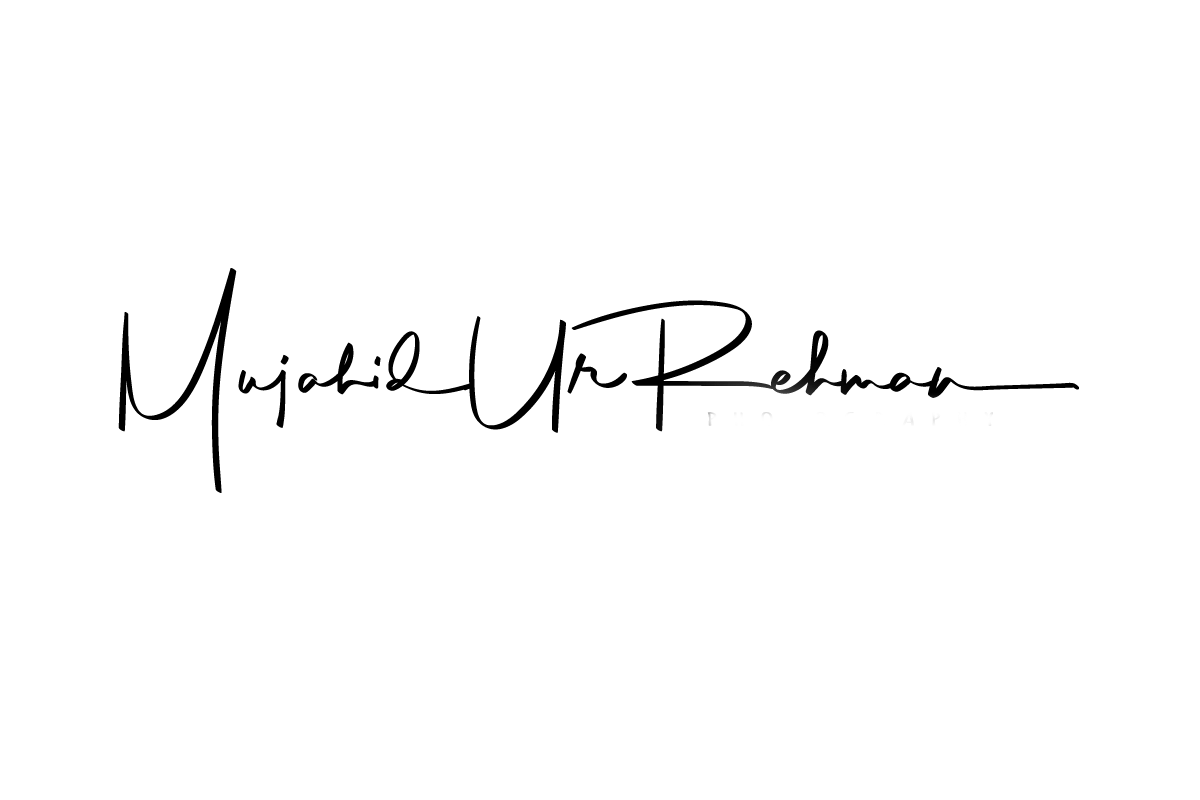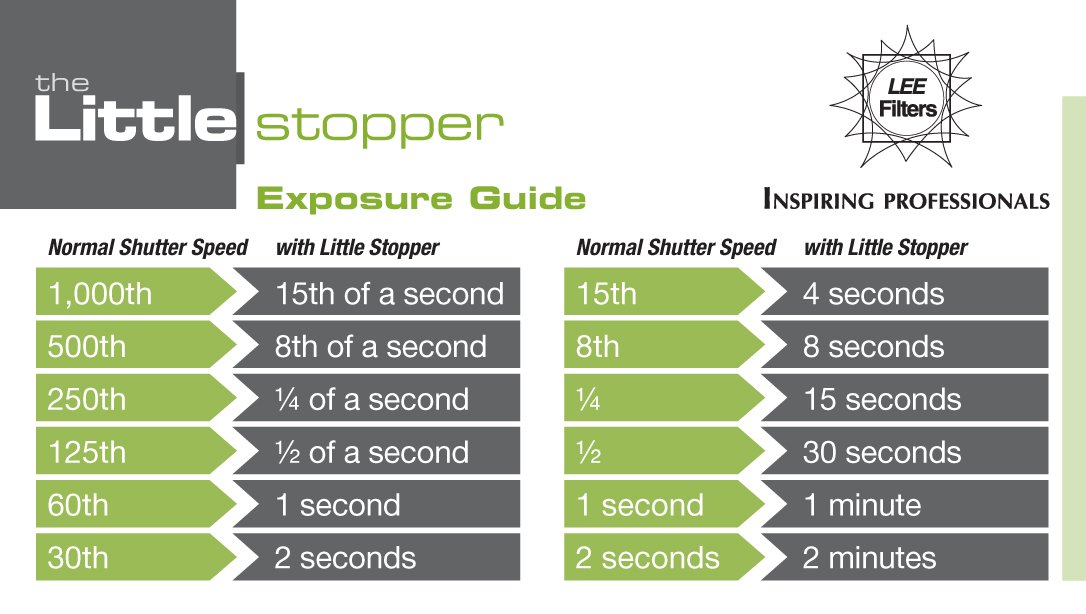LEE Little Stopper vs. LEE Big Stopper
Investing in LEE Filters for landscape photography was one of the best decisions I ever made to improve my photos, and enjoy the adventure more. When I first bought LEE Filters, I only ordered a LEE Little Stopper. The idea was to play around with long exposures and see if I would really need a LEE Big Stopper. It wasn't long after the purchase of the LEE Little Stopper that I had a LEE Big Stopper in my kit as well. If you are reading this blog to convince yourself to buy only one of them, my blog would disappoint you, I have started believing in the power of both. It just depends where you are, what are the shooting conditions, and what time can you afford. The answer is so simple, and I had to go through a learning curve to realize that. There is no perfect formula.
LEE Little Stopper
It blocks the light by 6 stops.
Useful when you want to decrease the shutter speed to a certain extent only. For example, you want to capture the movement of water and/or clouds and there is quite a bit of light in the atmosphere. I used a LEE Little stopper in the image below to capture the movement of the clouds on the golden part of the mountain. The most important fact is that the sun had already risen, the light was changing rapidly, a long exposure was not possible just with a normal ND8 or a polarizer filter anymore. A very long exposure wasn't desired either and I just wanted to give a sense of movement, that's it! LEE Little Stopper was the perfect candidate for my settings and environment.
Golden Gate Highlands National Park
Above all, I didn't have time to have a shutter speed of 2-3 minutes with a Big Stopper either, the light was changing so quickly that I wanted to change my perspective and shoot with a different composition to make the best of the opportunity.
LEE Big Stopper
It blocks the light by 10 stops.
Very useful in day light situations to have a long exposure spanning minutes or many seconds.
In low light conditions like sunrise or sunset, an exposure of 2 seconds without the Big Stopper can become 32 minutes with the Big Stopper on. If the light is rapidly changing e.g. sunset when it is getting darker by the second, having an exposure of 32 minutes might not be a good idea, and you might want to use a Little Stopper to get a quicker result. However, if it is a cloudy and overcast day, you are in the middle of the day, the sun is still up and the light is quite static, a 32 or a few minutes long exposure can bring beautiful streaks of clouds to your results (it will flatten the water as well). If you compare the Little Stopper and Big Stopper conversation charts, a great example is that if your exposure is 1/4 seconds before putting filters on, it will be 15 seconds with Little Stopper and 4 minutes with Big Stopper. This is a huge difference and this is where Big Stopper really proves to be the big brother. Have a look at the video below and see the difference for yourself.
I have also realised that at sunset time when the sun has already gone down, using a big stopper is not such a good idea, especially when you want to wrap-up and go home. It is because that light is disappearing so fast that your exposure calculation will become incorrect with the changing light. For example, if you have set the exposure to be 8 minutes long, if it is getting darker by the second, your 8 minute long image might still be darker after you have finished taking it.
Cheers
Muji








